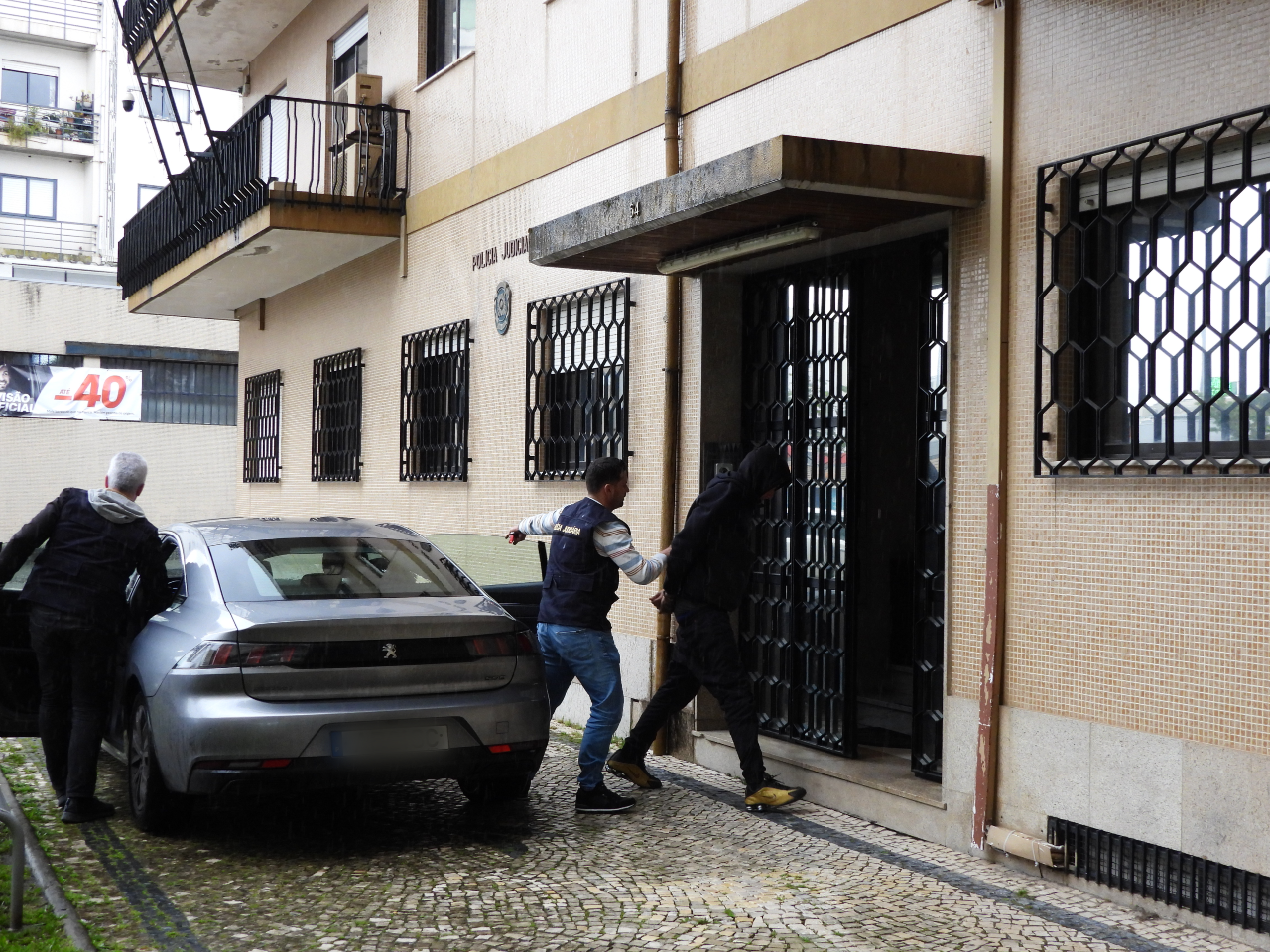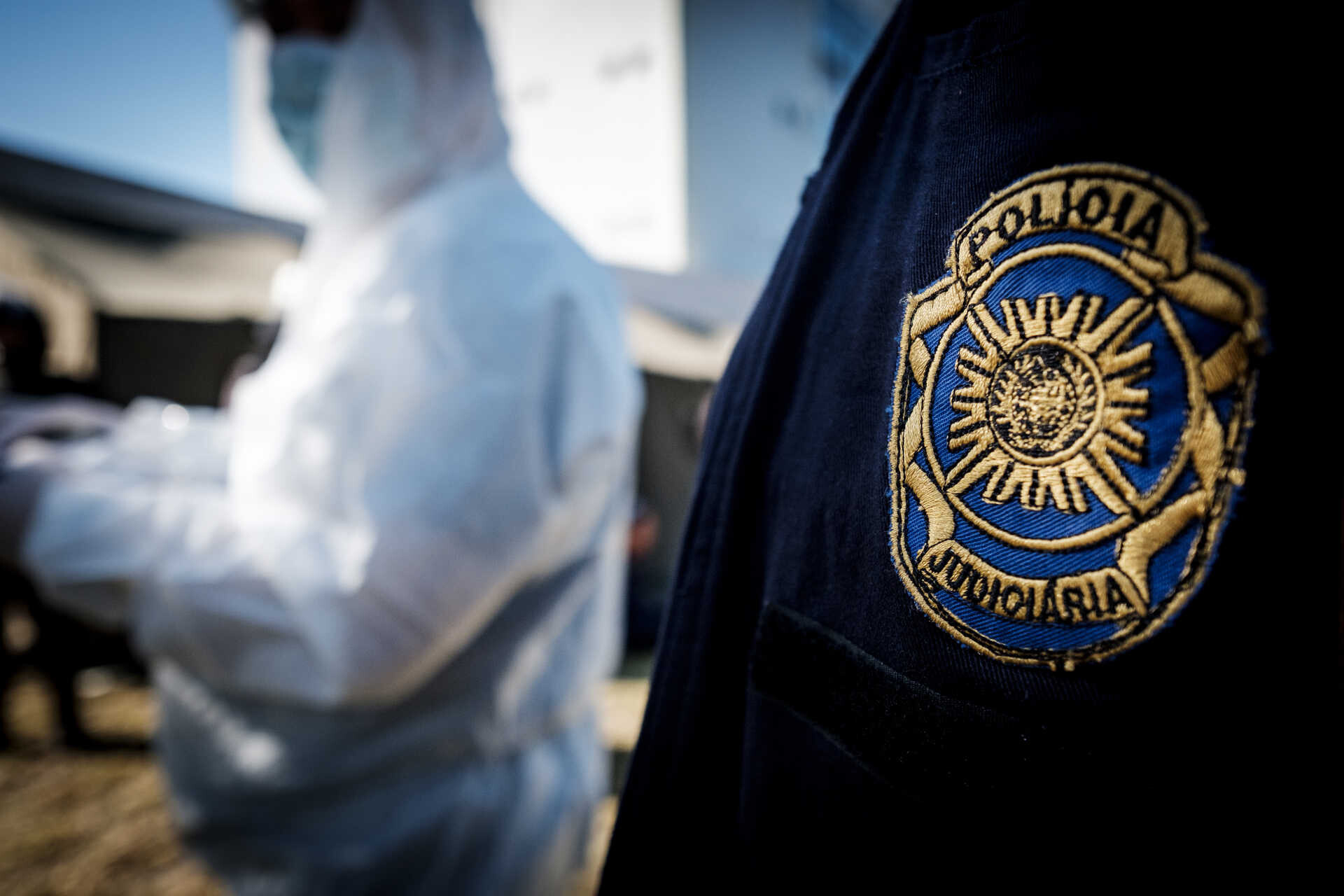Caution Advised for Buzio Dishes
Thinking about ordering a buzio feijoada? You might want to think twice. A recent study published in the scientific journal Food Control analyzed samples of the buzio (Charonia lampas) harvested from the Algarve coast, revealing the presence of a potent neurotoxin known as tetrodotoxin (TTX). Alarmingly, the levels of this toxin were found to be up to 1693 times above the maximum limit deemed safe for human consumption by the European Food Safety Authority (EFSA).
High Contamination Rates
In this study, which also served as a master's thesis for researcher Maria Pais, 25 samples of buzios accidentally caught by local fishermen in Olhão were examined. Shockingly, 76% of the samples were found to be “strongly contaminated.” The contamination was primarily confined to the internal organs, such as the intestines and stomach, while the edible muscle showed no detectable levels of TTX. However, the risk of contamination during shell removal and evisceration remains significant.
Public Health Risks
Sandra Lage, a researcher at the Center for Marine Sciences of the University of Algarve, who conducted this research with support from the European Union, warns that consumers are generally unaware of the risks associated with TTX in buzios and the proper techniques for safe preparation. The buzio is often served whole in restaurants, including its potentially hazardous organs, presenting a serious public health risk.
Cooking Does Not Eliminate the Toxin
Lage emphasizes that common cooking methods, such as boiling or freezing for several hours, are ineffective at eliminating TTX, as it is heat-stable and soluble in water. This raises concerns about how these shellfish are prepared and served in local markets.
Historical Context of TTX Poisoning
The study references a 2007 poisoning incident in Malaga linked to the consumption of Charonia lampas, which was traced back to the Algarve. The affected individual exhibited symptoms typical of food poisoning, but TTX can lead to more severe outcomes, including cardiac arrest and respiratory failure, depending on the amount ingested.
Lack of Regulation
Despite the known dangers, there are currently no regulatory measures in place to monitor TTX levels in buzios or other shellfish within the EU. A safety limit of 44 micrograms per kilo was established by EFSA in 2017, but enforcement remains lacking. The study also highlights the overfishing and shell collection that have led to the buzio being classified as endangered in the Mediterranean, yet it continues to be caught and sold in the Atlantic.
Future Research Directions
The research team plans to investigate the sources of TTX contamination further, as well as to determine whether other mollusks and bivalves in Portuguese waters may also harbor this toxin. Until more is known, it is advisable that buzios be sold without their shells and that only the muscle is consumed, properly prepared to avoid contamination.




















Comments
Join Our Community
Sign up to share your thoughts, engage with others, and become part of our growing community.
No comments yet
Be the first to share your thoughts and start the conversation!